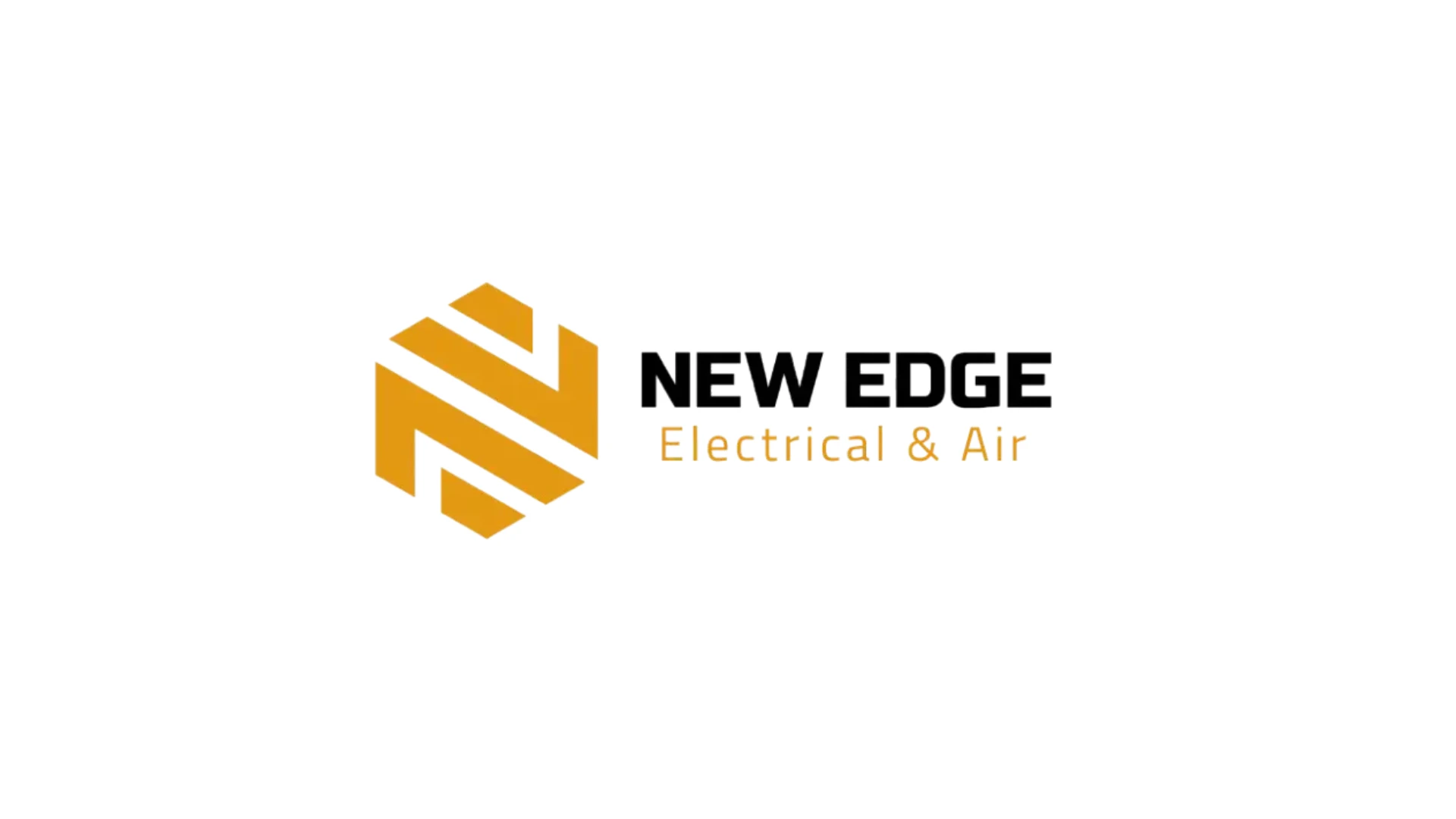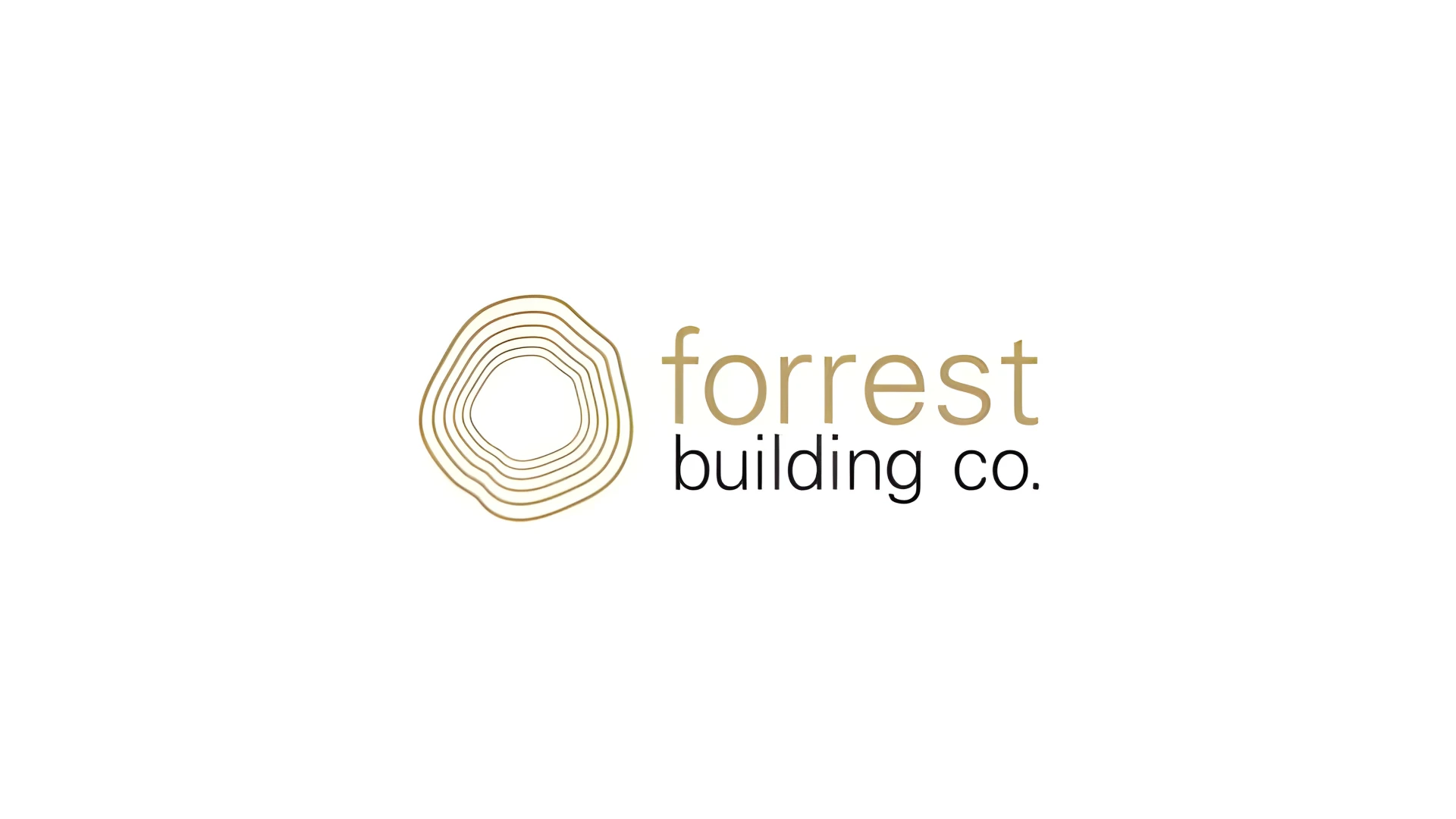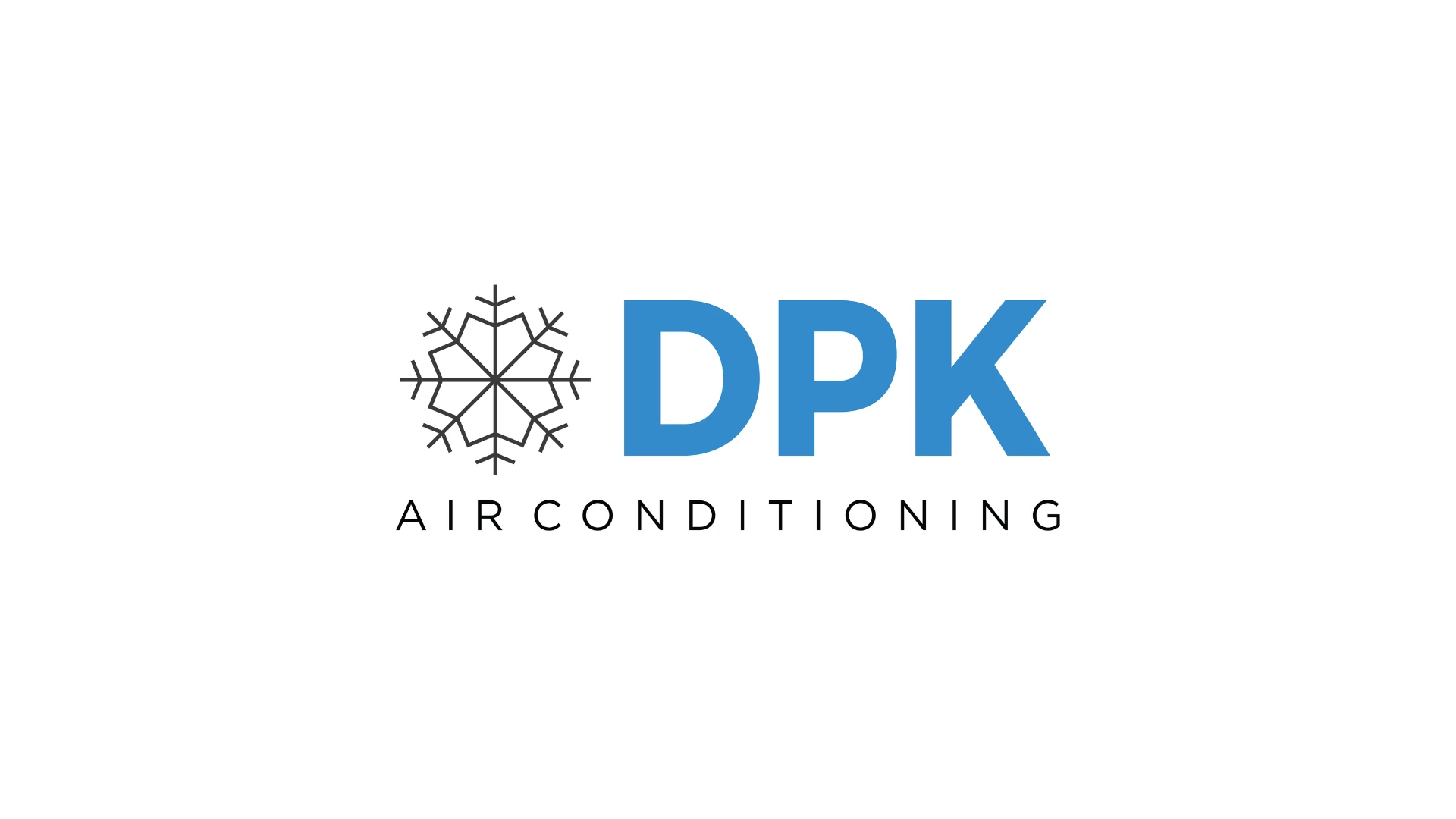These Systems & Processes turned a green apprentice into a $1.1M business owner while most business owners trap themselves by trying to control everything
The Million-Dollar Question Every Business Owner Faces
At 26, Jacob made a decision that defied conventional wisdom.
He moved from Newcastle to Queensland, 1,000 kilometers away from his electrical contracting business, opened a second location and watched as his revenue grew to $1.1M without him needing to be at either business for every little thing.
Most business owners can’t leave for a weekend without their phone ringing constantly.
Jacob built a business that improved when he wasn’t there.
“I moved interstate. The business successfully ran without me. That’s not luck, that’s systems”
But here’s what makes Jacob’s story remarkable: 18 months earlier, he had zero business experience.
He was a young electrician studying project management, using his trade to pay for university. Starting New Edge Electrical wasn’t part of some grand plan — it began with curiosity and a business partnership.
This taught him something most entrepreneurs never learn: the goal isn’t to build a business that needs you. It’s to build a business that’s successful without you.
The Control Trap That Destroys Most Businesses
Here’s the paradox that kills growth: the better you are at what you do, the more likely you are to trap yourself in operational death.
Most business owners follow this predictable path:
- Start business because they’re skilled at something
- Win customers because of their quality
- Grow revenue by working more hours personally
- Hit capacity because everything depends on them
- Plateau permanently because they can’t scale beyond their personal time
Jacob avoided this trap entirely — not because he was naturally gifted at business, but because he learned proper Systems & Processes Frameworks and implemented them on day one.
The Delegation Delusion
Most entrepreneurs think delegation means:
- “Tell someone what to do and hope they do it right”
- “Train someone once and expect perfection forever”
- “Give people tasks and check in occasionally”
This isn’t delegation — it’s hope disguised as strategy.
Real delegation requires systems that create consistency regardless of who’s executing.
The Partnership That Changed Everything
Jacob didn’t stumble into systems thinking. He learned it through a strategic partnership with Andrew.
They’d met years earlier on a motorbike trip across the U.S. Jacob had no grand vision, just the ability to trust someone with a proven track record and a “let’s see where this goes” attitude.
“Andrew had built and exited multiple $10M+ businesses. I was just starting out. He saw something in me and said, ‘Let’s give it a go.’ No pressure, just see where it goes”
What Jacob didn’t realize was he was getting a masterclass in business systems from someone who’d already built multiple successful operations.
The Learning Acceleration
“If I didn’t have Andrew, I’d have been trying to pay someone one hour a week, answering phones, doing jobs, stressing about staff. That would’ve been chaos.”
Instead of learning through expensive trial and error, Jacob absorbed proven systems:
- Weekly and quarterly planning rhythms
- Staff onboarding systems
- Clear job descriptions and accountability tools
- Financial tracking with monthly reviews
- Project management and CRM automation
The result: steady growth without the typical startup chaos.
“I didn’t make many mistakes. It just grew steadily. First one staff member, then three vans, then six figures monthly. No burnout. No chaos. Just consistent, predictable growth without the stress”
The Systems & Processes Framework
When Jacob implemented the ARC Systems & Processes, he learned the difference between working IN the business vs. building the business.
The 4 Pillars of Systematic Growth
Pillar 1: Standardized Operations
- Every process documented step-by-step
- Quality standards defined and measurable
- Workflow systems that don’t depend on memory
- Checklists that ensure consistency
Pillar 2: Systematic Delegation
- Role clarity for every position
- Training programs that create competence
- Performance standards everyone understands
- Feedback loops that improve execution
Pillar 3: Automated Systems
- Customer communication sequences
- Project management workflows
- Financial tracking and reporting
- Administrative task automation
Pillar 4: Continuous Improvement
- Weekly performance reviews
- Monthly system optimization
- Quarterly strategic planning
- Annual system overhauls
The Psychology of Systems Thinking
Before Systems: Everything feels urgent because nothing is predictable.
After Systems: Urgency disappears because outcomes become predictable.
Before Systems: Quality depends on who shows up that day.
After Systems: Quality is built into the process, not dependent on the person.
Before Systems: Growth requires more personal involvement.
After Systems: Growth happens through system optimization, not personal hours.
The Results: Building Business Freedom
Jacob’s transformation over 2 years:
| Business Metric | Starting Point | After Systems | Growth |
|---|---|---|---|
| Annual Revenue | $250K | $1.1M+ | 340% |
| Team Size | 0 staff | 7 full-time | From solo to team |
| Locations | 1 (Newcastle) | 2 (NSW + QLD) | Geographic expansion |
| Owner Role | On tools daily | Backend only, remote | Complete delegation |
| Business Dependency | 100% on Jacob | Runs without Jacob | True freedom |
But the real transformation was psychological:
“I would’ve spent five years chasing my tail. Instead, we built something solid in two, and now it runs without me”
The Interstate Test
The ultimate proof of systematic delegation: Jacob moved 1,000km away from his first business.
Most business owners can’t take a 3-day vacation without constant interruptions.
Jacob moved interstate permanently. His first location not only survived without him there — it improved.
“Working with Andrew gave me a five-year head start. No fluff — just structure, confidence, and a business that runs without me.”
Why Most Entrepreneurs Stay Trapped
- They mistake activity for systems. Being busy feels productive, but busy without systems is just expensive chaos.
- They think delegation means losing control. Actually, systems give you more control by making outcomes predictable.
- They believe “no one can do it like I can”. True — but with systems, they can do it to your standards consistently.
- They don’t know the difference between tasks and systems. Tasks are what you do. Systems are how you ensure tasks get done right every time.
- They try to scale themselves instead of scaling systems. You can’t clone yourself, but you can systematize your expertise.
Your Implementation Guide for the Systems & Processes Framework
Phase 1: Document Everything (Weeks 1-4)
Stop relying on memory and start building institutional knowledge.
Document these critical processes first:
- Customer onboarding (first contact to project start)
- Project delivery (planning to completion to handover)
- Quality control (standards, inspections, corrections)
- Administrative workflows (invoicing, payments, compliance)
- Team communication (meetings, updates, reporting)
Rule: If it happens more than twice, it needs a system.
Phase 2: Standardize Operations (Weeks 5-8)
Create consistency regardless of who’s executing.
Build SOPs for:
- Customer communication templates
- Project planning checklists
- Quality inspection protocols
- Problem resolution workflows
- Performance review processes
Each SOP must include:
- Step-by-step instructions
- Quality standards/benchmarks
- Decision-making criteria
- Escalation procedures
- Success metrics
Phase 3: Implement Training Systems (Weeks 9-12)
Turn competent people into excellent performers.
Create systematic training for:
- Technical skills development
- Customer service standards
- Safety protocols and compliance
- System usage and updates
- Performance expectations
Training isn’t a one-time event — it’s ongoing and compounds with time.
Phase 4: Build Accountability Structures (Weeks 13-16)
Ensure systems get followed consistently.
Implement regular review cycles:
- Daily: Workflow check-ins and problem solving
- Weekly: Performance reviews and system adjustments
- Monthly: Results analysis and process improvements
- Quarterly: Strategic planning and system overhauls
Phase 5: Automate and Optimize (Weeks 17-20)
Eliminate repetitive tasks and improve efficiency.
Automate these functions:
- Customer communication sequences
- Project scheduling and reminders
- Financial reporting and invoicing
- Performance tracking and alerts
- Administrative task management
Remember: Automate systems, not chaos. Fix the process before you automate it.
Your Path From Operator to Owner
Jacob’s journey illustrates the critical transition every business owner must make:
Level 1: Technician (You do everything)
- You are the business
- Revenue stops when you stop
- Growth requires more personal hours
- Vacation means lost income
Level 2: Manager (You manage everything)
- You oversee all operations
- Quality depends on your oversight
- Growth requires more management time
- Vacation means constant check-ins
Level 3: Owner (Systems run everything)
- Business operates independently
- Quality is built into processes
- Growth happens through system optimization
- Vacation means actual rest
Jacob reached Level 3 at age 25. Most business owners never even get there.
The Bottom Line
Jacob’s success wasn’t about natural business talent or lucky circumstances — it was about implementing systematic approaches to delegation and process management.
The Systems & Processes framework took him from zero business experience to a $1.1M operation that runs remotely in under 2 years.
More importantly, it gave him something most entrepreneurs never achieve — true freedom.
“You can spend five years stuffing around, or shortcut it by getting the right help early. This saved me years of stress, and probably hundreds of grand in mistakes.”
Here’s what this means for you:
If you’re working 60+ hours a week and your business struggles when you’re not there, you don’t have a team problem or a delegation problem.
You have a systems problem.
And systems problems can be solved with the right framework and disciplined implementation.
What Happens Next?
The Systems & Processes framework is Fundamental #6 of the ARC 10 Fundamentals of Business.
I’ve built and perfected these over the last 15 years of:
- Building and exiting multiple $10M+ business myself
- Supporting business owners with the growth of their businesses and achieving their individual goals
It’s available to you, for free, inside of ARC Connect.
It’s our free community for small business owners where we share the complete methodology for building a business that creates wealth without consuming your life, and provide execution support so you finally see real change and growth.
All of the 10 Fundamentals work together:
- Goals & Priorities (Fundamentals 1-2)
- Financial Systems (Fundamental 3)
- Execution Framework (Fundamental 4)
- Sales & Marketing (Fundamental 5)
- Operations & Systems (Fundamentals 6-7)
- Team & Leadership (Fundamental 8)
- Reporting & Accountability (Fundamental 9)
- Mindset & Identity (Fundamental 10)
Ready to build systematic delegation into your business?
Get instant access to the complete Systems & Processes workbook and see exactly how Jacob built a business that operates without him inside of ARC Connect.
Instantly Access ARC Connect HERE →
P.S. Jacob moved interstate at 25 while his business grew 340%. That’s not exceptional talent — that’s what happens when you build systems instead of dependencies.
Jacob’s message to business owners still trapped is this:
“The recipe is simple: Structure beats hustle. Start with the fundamentals. And remember — if your business can’t run without you, you don’t own a business. You own a job”
The choice is yours:
- Keep working IN your business until it burns you out
- Or start working ON your business until it sets you free
Jacob chose freedom. What will you choose?





